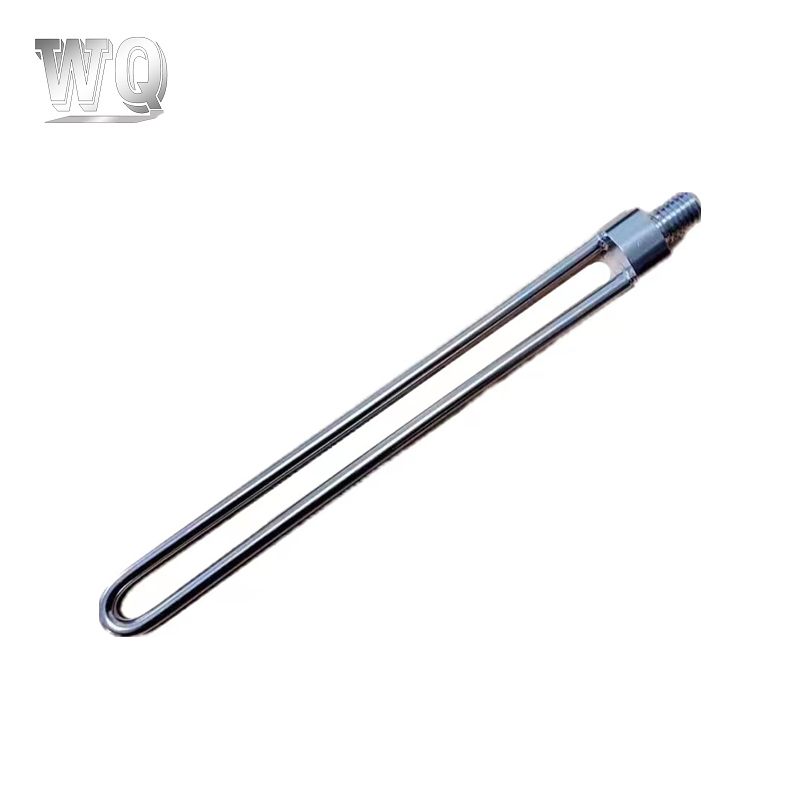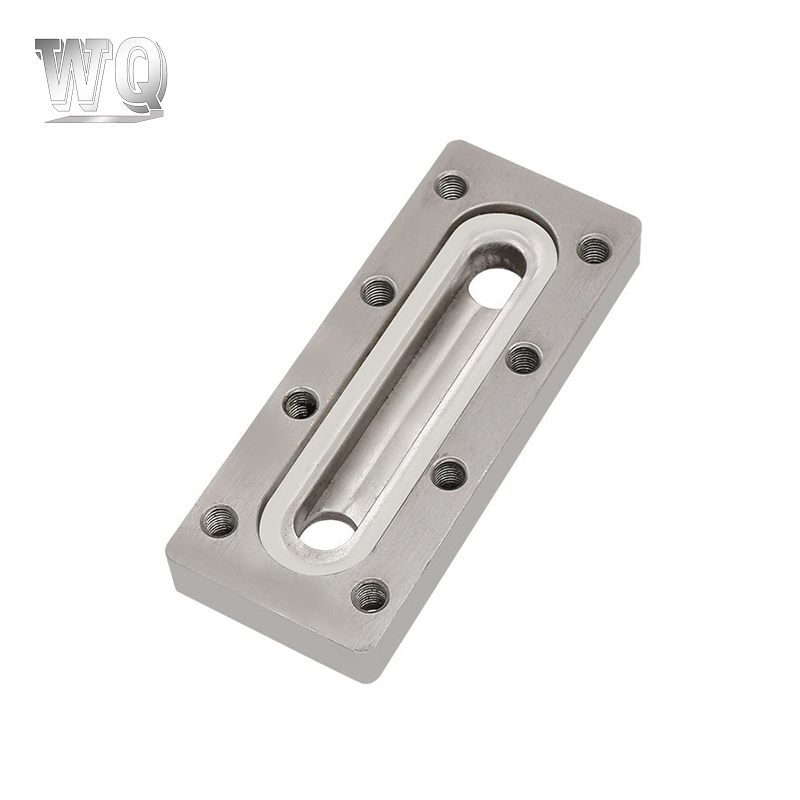The durability of ice cream machine parts is crucial for ensuring consistent performance, minimizing downtime, and maximizing the lifespan of the equipment.
The choice of materials used in the structural design is fundamental to durability. Components are often made from high-quality stainless steel, which is not only resistant to corrosion but also withstands the wear and tear associated with continuous operation. The material’s strength helps prevent deformation under stress, which is common during the mixing and freezing processes. Additionally, certain parts may utilize reinforced plastic or composite materials that offer excellent durability while being lightweight, further enhancing operational efficiency.
Structural design often incorporates reinforcement in critical areas that experience high stress. For example, the frames of ice cream machines may include additional bracing or thicker materials at joints and connections to absorb shocks and vibrations. These reinforcements help prevent fatigue and failure over time, ensuring that the machine can operate smoothly even under heavy loads or frequent use.
Ice cream machines generate vibrations during operation, especially in components like compressors and mixers. Effective structural design includes features that mitigate these vibrations, such as rubber mounts or isolation pads. By absorbing and dissipating vibrations, these elements reduce wear on the machine’s components and maintain their alignment, significantly enhancing durability.
The structural design also emphasizes ease of maintenance, which directly impacts durability. By designing components for easy access, operators can perform routine inspections, cleaning, and repairs without extensive disassembly. This accessibility encourages regular maintenance, which is vital for the longevity of the machine. For instance, removable panels and strategically placed service points are common design features that enhance user-friendliness and ensure that parts remain in optimal condition.

Proper thermal management is essential for the durability of ice cream machine parts. The structural design often includes features that promote efficient heat dissipation, such as strategically placed vents or heat exchangers. Effective thermal regulation prevents overheating, which can lead to component failure. Additionally, insulating materials may be used to protect sensitive parts from extreme temperatures, ensuring consistent performance over time.
Durable ice cream machines incorporate seals and protective barriers in their design to prevent contamination and moisture ingress. Components such as mixers and storage tanks are often equipped with robust seals that maintain hygiene and prevent degradation of materials. These protective features are essential for extending the life of parts that come into contact with ice cream mixtures and cleaning agents.
The structural design of ice cream machines is often optimized to distribute loads evenly across components. This load distribution minimizes localized stress, which can lead to cracks and failures. For instance, in the design of mixing bowls and containers, rounded corners and thicker walls help distribute stress more evenly, reducing the likelihood of structural failure over time.
Before finalizing designs, manufacturers often engage in extensive testing and prototyping. This process involves subjecting designs to various stress tests and operational scenarios to evaluate durability. Insights gained from these tests inform design improvements, ensuring that the final product is robust and capable of withstanding the rigors of daily use.
By prioritizing durability in design, operators can expect greater reliability, lower maintenance costs, and extended service life from their ice cream machines, ultimately contributing to a more efficient and profitable operation.









